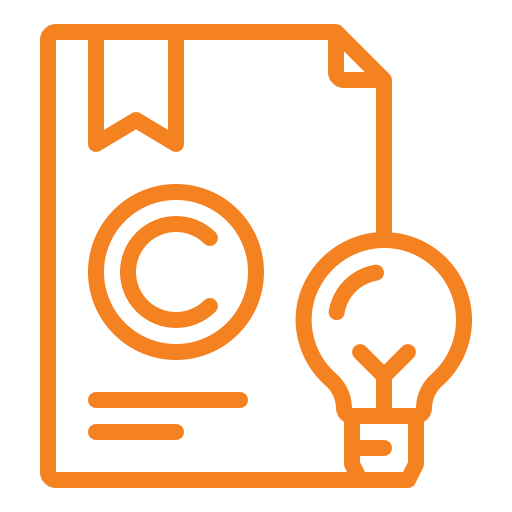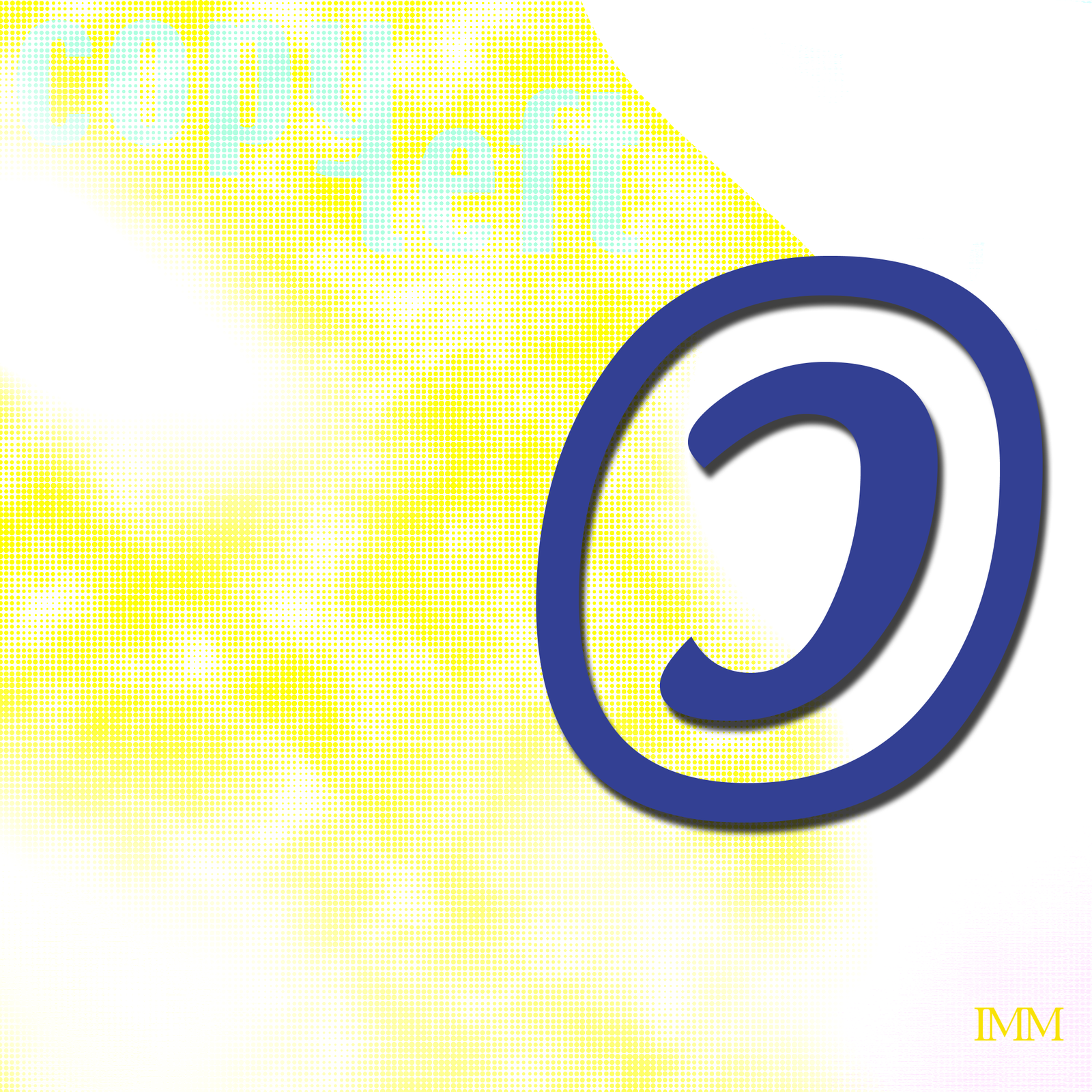Copyleft is a play on the word copyright. Unlike copyright law that prohibits unauthorized reproduction, adaptation and distribution of an author’s work, copyleft licenses grant the freedom to reproduce, adapt, modify or distribute the work as long as any resulting copies, modifications or adaptations are also distributed under the same terms. The concept fosters open innovation and free flow of information. These licenses make use of the existing copyright law to ensure that a work remains freely available.
If you want your work to be freely available, you can do that by removing all restrictions and putting it in the public domain. However, it is equally important to ensure that the end users do not modify the work and make it proprietary. Therefore, instead of making your work publicly available, you can “copyleft” it. Under copyleft, derived works may be produced provided they are released under the compatible copyleft license terms.
Copyleft, therefore is a form of licensing and may be used to modify copyright over an authors work like computer software, literary work, musical work etc. A copyleft license guarantees the same rights as granted to an author.
Few examples are:
1. Right to use the work
2. Right to copy and share
3. Right to distribute modified/ derivative works etc
A copyleft license, when used in relation to software, is referred to as Open Source Software, although not all open source software licenses imbibe the principle of copyleft. An example of copyleft license is the GNU General Public License (GPL). This is a free copyleft license for software and other kinds of works. The terms of GPL licenses are structured to ensure that the users are free to share and change all versions of a program, provided the modified/ derivative works are not made proprietary. We shall be dealing in detail about GPL licenses in our forthcoming blog posts.
by Aruna Mukundd
Photo Credit: Jesse Andrews /Flickr.com / CC BY-SA 2.0













